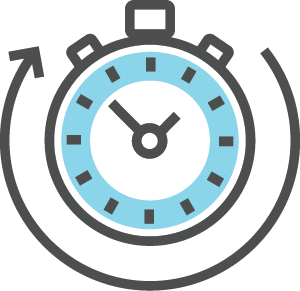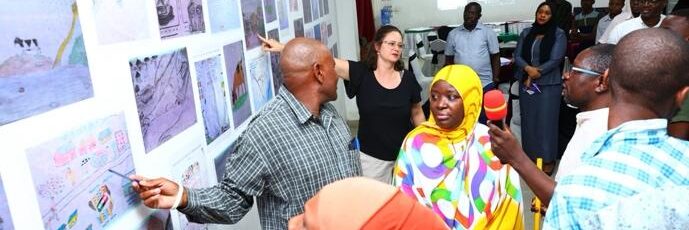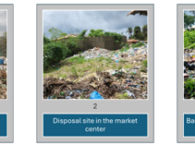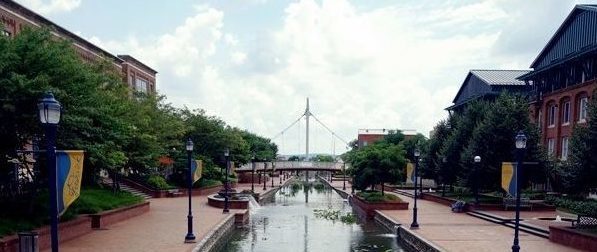
University partnership gives Frederick a way to reimagine its downtown
Population boom has Frederick, Maryland seeking sustainable path forward
Metrics
Community
Frederick, Maryland, USCommunity Size
71,408 (2017)University
University of MarylandProgram
Partnership for Action Learning in Sustainability (PALS)Years
2014-2015Status
CompletedCase Type
Partnership StoriesSchool Size
20,000 - 40,000Focus Areas
Economic and Social InclusionDiscipline
FoodRegion
USAFrederick, Maryland is the second largest city in the state, and also the fastest growing area in the region. In 2010, for example, the population was nearly 66,000 people; was projected to grow 15 percent to 76,000 people by 2022, according to the city.
But like any area where the population is accelerating, there are growing pains. Country-wide, more than 35,000 households in the county, or 39 percent of total households, struggle to afford housing, food, transportation, child care and health care. There are also environmental concerns: The city recently completed a $45 million upgrade of its wastewater treatment plant after finding it was not compliant with the federal Clean Water Act.
To continue to address these challenges, the city joined with the University of Maryland’s Partnership for Action Learning in Sustainability (PALS) in 2014-2015 to provide analysis ranging from the impact of climate change on the City’s watershed to engaging low-income and minority communities in efforts to reclaim abandoned properties. As part of the Educational Partnerships for Innovation in Communities (EPIC-N) Network, PALS brought in about 350 students who worked on 30 projects that covered planning and development, energy and the environment, and social issues.
Alderman Kelly Russell described the experience as providing the city “the best bang for the buck.”
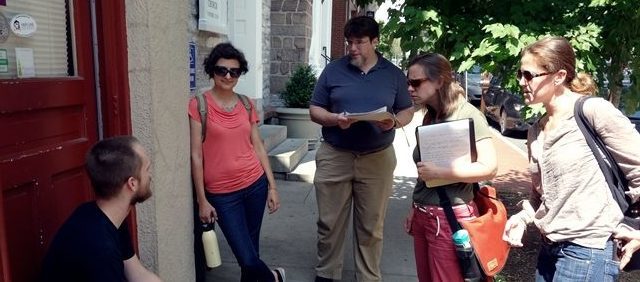
Frederick gets reports to improve accessibility, protect environment
Frederick received architecture, landscape, and real estate development models to equitably utilize the city’s downtown and abandoned property around the city. They included:
- Architectural tour plan that can be utilized by lead tourists to discover Frederick’s oldest buildings.
- Shared use study to the nearby Carroll Creek floodplain for use to implement a path trail network for bikes and walking trails.
- Study to improve neighborhood identification using GIS mapping and online surveys.
- Mapping analysis to improve accessibility between downtown and surrounding neighborhoods.
- Report exploring adaptive reuse of an abandoned site for an “art-centric 120 key hotel.”
- Proposal to build a Marriott hotel and conference center in downtown.
- Project that explores ways to increase revenue at local airport.
- Invasive species survey at Frederick City Watershed.
- Studies to reimagine downtown retail corridors.
University Capital
“PALS has been a great partnership and has provided invaluable information for our City — we’ll be able to use it for a long time coming,”
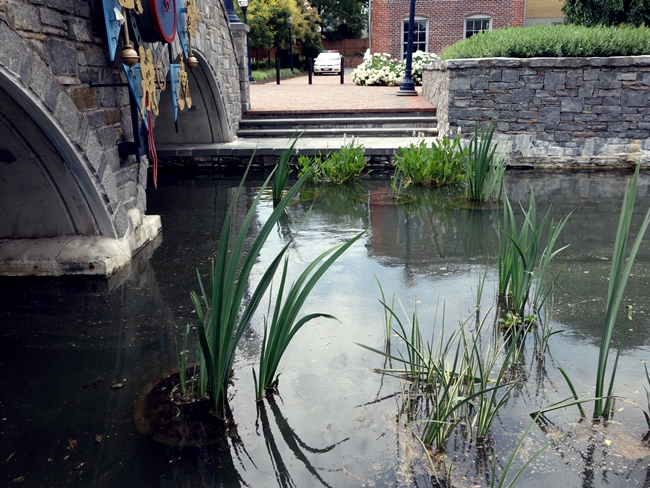
The plans helped lead paths forward in reviving the city’s economy, strengthening its environmental assets, and making the city more accessible and welcoming to, not just residents, but to others visiting or interested in relocating there.
“PALS has been a great partnership and has provided invaluable information for our city—we’ll be able to use it for a long time coming,” said then Mayor Randy McClement. “It shows what a true partnership in education can do.”


